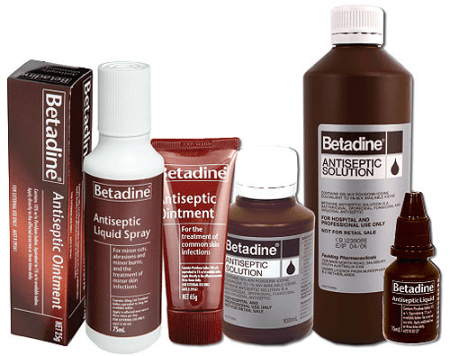In particular they are an essential part of infection control practices and aid in the prevention of nosocomial infections 277 454. And they are used to bathe neonates.
 Antiseptic Vs Disinfectant Difference
Antiseptic Vs Disinfectant Difference
MEDALKAN is the first Greek manufacturer of disinfectants for hospitals and clinics We offer innovative and technologically advanced cleaning and disinfection medical devices with high standards.

Antiseptics and disinfectants used in hospitals. Use of Disinfectants in Hospitals AReport by the Public Health Laboratory Service Committee on the Testing and Evaluation ofDisinfectants Brit. In most cases the disinfectants are widely used for cleaning surfaces like sinks toilets floors door knobs doors garbage cans and counters. Disinfectants are used to kill or eliminate microorganisms andor inactivate viruses on inanimate objects and surfaces.
08 Mouth wash 1. Disinfectants and Antiseptics Whether youre going to work as a veterinary assistant veterinary technician veterinarian or any other person in a veterinary hospital youre almost certainly. Alcohols have been used effectively to disinfect oral and rectal thermometers 498 499 hospital pagers 500 scissors 501 and stethoscopes 502.
Antiseptics are used to kill or eliminate microorganisms andor inactivate viruses on living tissues intact or broken skin and mucous membranes. Antiseptics and Disinfectants Types and Uses Alcohols. Antiseptics can be applied to the urethra bladder or vagina to clean the area before.
Quaternary Ammonium Hypochlorite Accelerated Hydrogen Peroxide Phenolics and Peracetic Acid. A variety of active chemical agents called biocides are often found in these products. In fact they often share similar.
Disinfectants are employed most frequently to decontaminate surgical instruments and to cleanse hospitals and other medical facilities. Both antiseptics and disinfectants have wide usage in the hospitals and many other health care settings for a wide variety of both topical and hard-surface applications. Disinfection of patient-care equipment used in ambulatory settings and home care.
Antiseptics are used to decontaminate human skin and exposed tissue and may be used by personnel before entering the manufacturing area. For example antiseptics are used to cleanse the hands of medical personnel. In particular three questions were thought to require.
Most uses of antiseptics are prophylactic. Antiseptics and disinfectants are used extensively in hospitals and other health care settings for a variety of topical and hard-surface applications. Disinfectants and antiseptics are both made from chemicals.
Alcohols have been used to disinfect fiberoptic endoscopes 503 504 but failure of this disinfectant have lead to infection 280 505. Antiseptics and disinfectants are extensively used in hospitals and other health care settings for a variety of topical and hard-surface applications. Disinfection of complex medical instruments eg endoscopes.
Specific antiseptic uses include. Glutaraldehyde is used as a disinfectant and sterilant in particular for low-temperature disinfection and. Antiseptics and Disinfectants are commonly available at home hospitals clinics offices and schools.
MedY 1965 1 408-413 1. They are applied to the patients skin prior to invasive procedures eg surgery insertion of needles. Whereas antiseptics destroy certain germs on the skin disinfectants can remove them from objects.
Phenolic disinfectants disrupt the cell membrane of microorganisms and two phenol derivatives used commonly in hospital disinfectants are orthophenylphenol Amphyl Reckitt Benckiser and ortho-benzyl-parachlorophenol Clorox Disinfectant Cleaner The Clorox Company. Ethyl alcohol ethanol alcohol isopropyl alcohol and n -propanol are the most widely used. Chloroxylenol Dettol Phenol derivative Does not co-agulate proteins Non corrosiveNon irritating to skin Commercial 48 solution used for surgical antisepsis Skin cream and soap.
Disinfectants are used to clean floors walls ceilings equipment machinery etc. Currently there are five main EPA-registered chemicals that hospitals use for disinfectants. CRESOL Lysol Methyl Derivative of phenol less damaging to tissues than phenol 3-10 times more active used for disinfection of utensils excreta for washing hands.
Introduction This committee was set up in May 1961 to consider the evaluation of liquid antiseptics and disinfectants for hospital use. Medical professionals use antiseptics for hand scrubs and rubs in hospitals. Decontamination means the removal of microorganisms by disinfection or sterilization.
Both antiseptic and disinfectant are used in a pharmaceutical company. New sterilization processes such as hydrogen peroxide gas plasma and liquid peracetic acid. A wide variety of active chemical agents biocides are found in these products many of which have been used for hundreds of years including alcoho.
Our products have been specially designed and manufactured for use in private and public hospitals where safety requirements are very high.